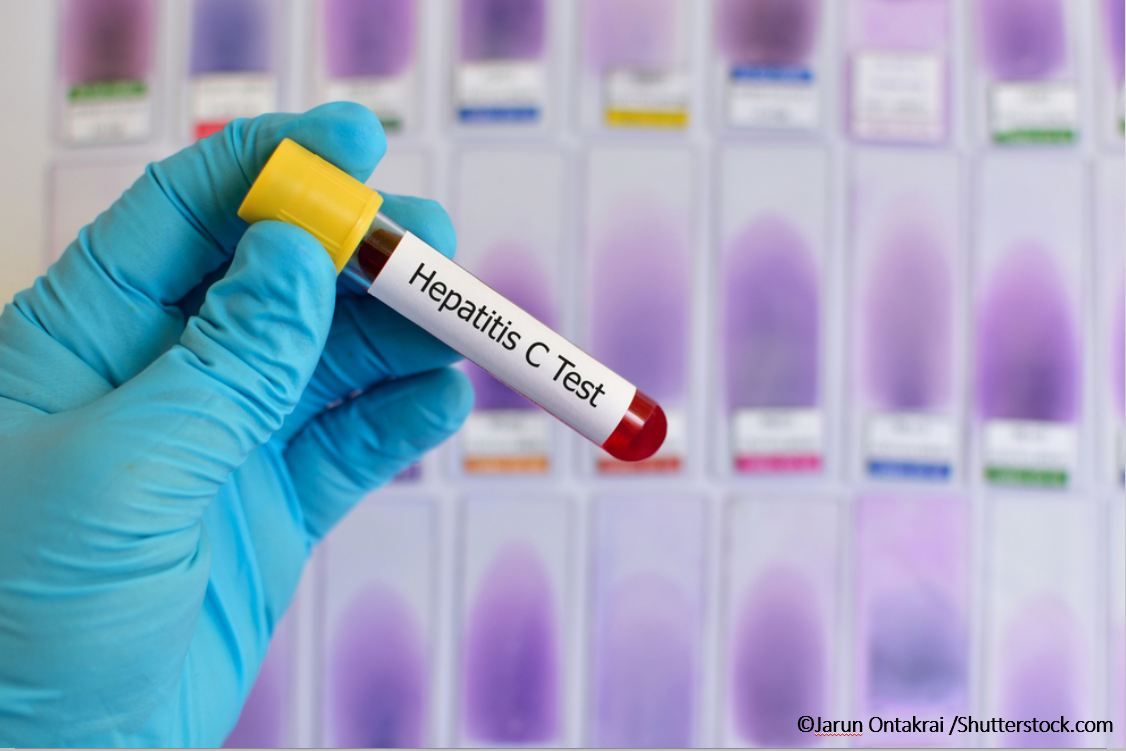- Clinical Technology
- Adult Immunization
- Hepatology
- Pediatric Immunization
- Screening
- Psychiatry
- Allergy
- Women's Health
- Cardiology
- Pediatrics
- Dermatology
- Endocrinology
- Pain Management
- Gastroenterology
- Infectious Disease
- Obesity Medicine
- Rheumatology
- Nephrology
- Neurology
- Pulmonology
National HCV Elimination Programs Show Early Success in Treatment and Cure
Two new international studies on HCV show elimination programs have high levels of engagement, treatment initiation, and cure rates.

Two different national hepatitis C virus (HCV) elimination programs are reporting high levels of engagement, treatment initiation, and cure rates, according to reports presented at the International Liver Congress 2018 in Paris.
In one program, about one-quarter of HCV-infected individuals in the country of Georgia had been diagnosed in just 2 years, and many of those had been treated and cured, an investigator reported here. The second program, in Iceland, is also showing success, including a near 75% drop in active HCV infection at an addiction treatment center that accounts for the majority of the country’s people who inject drugs (PWID) under treatment.
The Georgia program, the world’s first ever HCV elimination program, was initiated in April 2015 in collaboration with the US Centers for Disease Control and Prevention with direct acting antiviral agents (DAAs) donated by Gilead Sciences.
As of April 2017, 43 989 individuals had been diagnosed with HCV through the screening program, representing 23.9% of the estimated 150 000 adults with HCV infection in Georgia, reported Professor Tengiz Tsertsvadze from the Infectious Diseases, AIDS, and Clinical Immunology Research Center in Tbilisi, Georgia. Among those individuals diagnosed, 33 673 (77%) had initiated treatment with DAAs, and of that group, 24 273 (95%) had a sustained virologic response, indicating a cure, Tengiz said.
The cure rates achieved with the Georgian HCV treatment model already exceed levels needed to reach World Health Organization (WHO) elimination targets, according to investigators. The WHO has proposed a 90% reduction in HCV incidence and 65% reduction in HCV-related mortality by 2030.
“Our priorities now are to develop innovative strategies to increase awareness, expand access to high-quality screening, and remove diagnostic and treatment barriers,” Tsertsvadze said in a statement to the press.
Next: The Iceland Experience
Treatment as prevention
In Iceland, the Treatment as Prevention for Hepatitis C program initiated in January 2016 prioritizes treatment for specific populations, including PWID, those with advanced liver disease, and prisoners, and includes prompt treatment of individuals who relapse or become reinfected.
At the International Liver Congress, investigators presented a study looking specifically at the program’s impact on PWID admitted to Iceland’s largest addiction treatment center, which is the site of treatment for >90% of the country’s PWIDs.
In the first 15 months of the program, 554 individuals with HCV infection were evaluated, and 518 initiated DAA treatment, the researchers reported. Of those individuals, 473 (91.3%) completed therapy and 96% of those were HCV RNA negative at 12 weeks post-treatment, indicating a cure. Among individuals who had recently used intravenous drugs, a more challenging population, treatment still resulted in an encouraging cure rate of 87%.
They reported, also, that the prevalence of active HCV infection among PWID at the treatment center fell from 43% to 12% over the study period, a reduction of 73% (P<.001).
“People who inject drugs are key drivers of HCV infection in Iceland, and this population should be a focus of treatment scale-up,” said Dr Valgerdur Rúnarsdóttir of Vogur Hospital, ReykjavÃk, in a press statement. “We would like to emphasize and encourage collaboration between addiction treatment centres in both screening and treating HCV. This is key to success in reaching the population in focus.”
References:
1. Tyrfingsson R, Runarsdottir V, Hansdottir I, et al. Marked reduction in the prevalence of hepatitis C viremia among people who inject drugs (PWID) during 2nd year of the Treatment as Prevention (TraP HepC) program in Iceland. J Hepatol. 2018;68:S52.
2. Tsertsvadze T, Gamkrelidze A, Chkhartishvili N, et al. Hepatitis C care cascade in the country of Georgia after 2 years of starting national hepatitis C elimination program. J Hepatol. 2018;68:S53.
